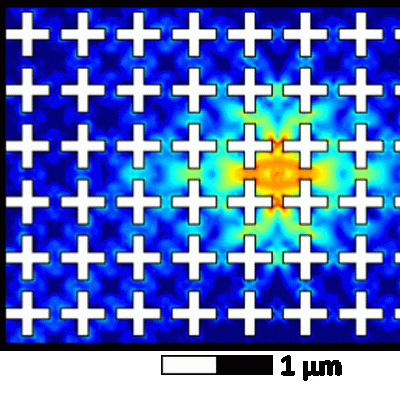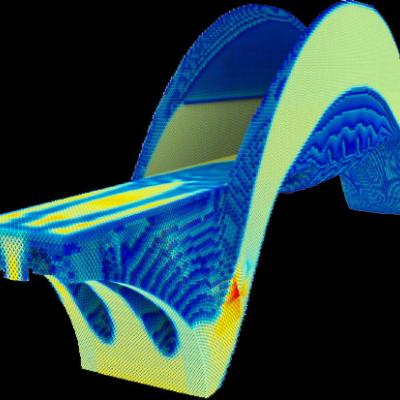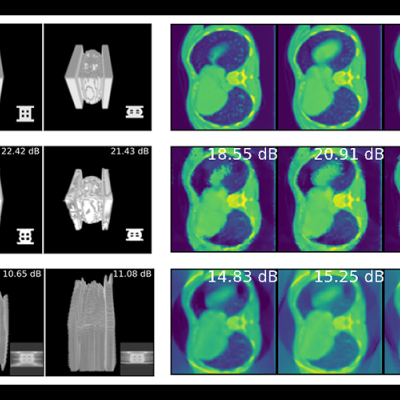LLNL’s Distributed Implicit Neural Representation (DINR) is a novel approach to 4D time-space reconstruction of dynamic objects. DINR is the first technology to enable 4D imaging of dynamic objects at sufficiently high spatial and temporal resolutions that are necessary for real world medical and industrial applications.
Keywords
- Show all (78)
- Additive Manufacturing (37)
- 3D Printing (7)
- Data Science (5)
- Cybersecurity (4)
- Imaging Systems (3)
- Manufacturing Improvements (3)
- Computing (2)
- Manufacturing Automation (2)
- Simulation (2)
- Synthesis and Processing (2)
- Electric Grid (1)
- Information Technology (1)
- Material Design (1)
- Microfabrication (1)
- Precision Engineering (1)
- Sensors (1)
- Volumetric Additive Manufacturing (1)
- (-) Analysis (2)
- (-) Manufacturing Simulation (1)
- (-) Quantum Science (1)

LLNL has developed a method of extending device lifetimes by imprinting into the device a shape that excludes specific vibrational modes, otherwise known as a phononic bandgap. Eliminating these modes prevents one of the primary energy loss pathways in these devices. LLNL’s new method enhances the coherence of superconducting circuits by introducing a phononic bandgap around the system’s…

The LiDO code combines finite element analysis, design sensitivity analysis and nonlinear programming in a High-Performance Computing (HPC) environment that enables the solution of large-scale structural optimization problems in a computationally efficient manner. Currently, the code uses topology optimization strategies in which a given material is optimally distributed throughout the domain…

The LLNL method for optimizing as built optical designs uses insights from perturbed optical system theory and reformulates perturbation of optical performance in terms of double Zernikes, which can be calculated analytically rather than by tracing thousands of rays. A new theory of compensation is enabled by the use of double Zernikes which allows the performance degradation of a perturbed…

